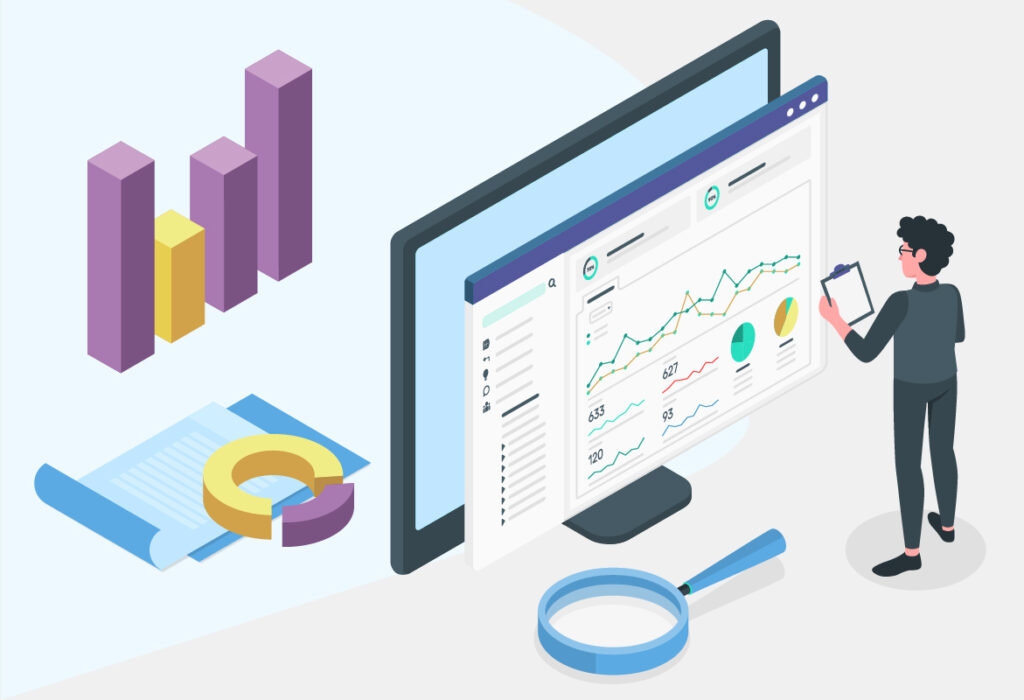How to effectively apply the KPI system in the course of doing business
Every business owner is constantly working on its development, using many tools for this purpose. One of them is the KPI system, which allows for optimizing the activities, which contributes to the growth and development of the business in the right direction. Such a tool as KPI helps business owners and managers assess how successful the company’s work is. In addition, KPIs allow for determining the company’s achievements in various areas and comparing them with competitors.
There are many categories of KPIs, which are interrelated and affect the assessment of business performance. Typically, experts take on four main types of performance indicators: the simplest – quantitative, and qualitative, which help to characterize the overall performance of the company, as well as leading and lagging KPI. Leading KPIs help managers to form a vision of how the implementation of new strategies will affect the business. And lagging KPIs help to determine the result of innovations and assess whether they were successful or not.
The formation of KPIs for a business company takes place in several stages. First, it is necessary to clearly define the goal that the company needs to achieve within a certain period of time. The goal should find expression in quantitative and qualitative KPIs: for example, increase the level of engagement of the company’s Facebook subscribers by 3% by the end of the next quarter. Second, a plan of tasks should be developed for each department of the company, the implementation of which within certain timeframes will contribute to the achievement of the designated goal. At the final stage, the developed plan is broken down into subtasks, which are distributed among employees according to their specialization and skills.
You can calculate KPIs both for each employee of the company and for an entire department. To do this, there are formulas that will help you get and operate with a variety of indicators: from clickability rate to return on marketing expenses. For example, for the sales department, relevant KPIs would be click-through-rate CTR, conversion rate CR, and cost-per-click CPC.

To get the click-through rate, multiply the result by the number of clicks and the number of impressions by 100%. The formula helps determine the click-through rate of the advertising message, thus evaluating its effectiveness. Such an indicator as the conversion rate CR helps to determine the overall effectiveness of advertising and get data on how much of the budget spent on advertising is justified by the targeted actions of site visitors. The CPC formula helps you determine how much a targeted user action – a click on an advertising message – costs the company.
Companies use KPIs to monitor the performance of both employees and departments. However, in addition to the control element, it is important to think through a system of motivation for employees, because the overall result of the work directly depends on each team member. Perks such as bonuses, free training courses, and services from the company, paid weekends, tourist trips, and business trips abroad increase employee loyalty to the company, thereby improving their motivation.
Like any other system, KPI has advantages and disadvantages. Among the advantages are predictability, objective evaluation of business processes and teamwork, the ability to determine the effectiveness of work over a certain period, timely detection and elimination of problems, and motivation of the team.
The disadvantages of the system include additional management costs, a long adaptation period for the team, and its perception of KPIs as standard rules, which will have no effect on the company’s performance.
